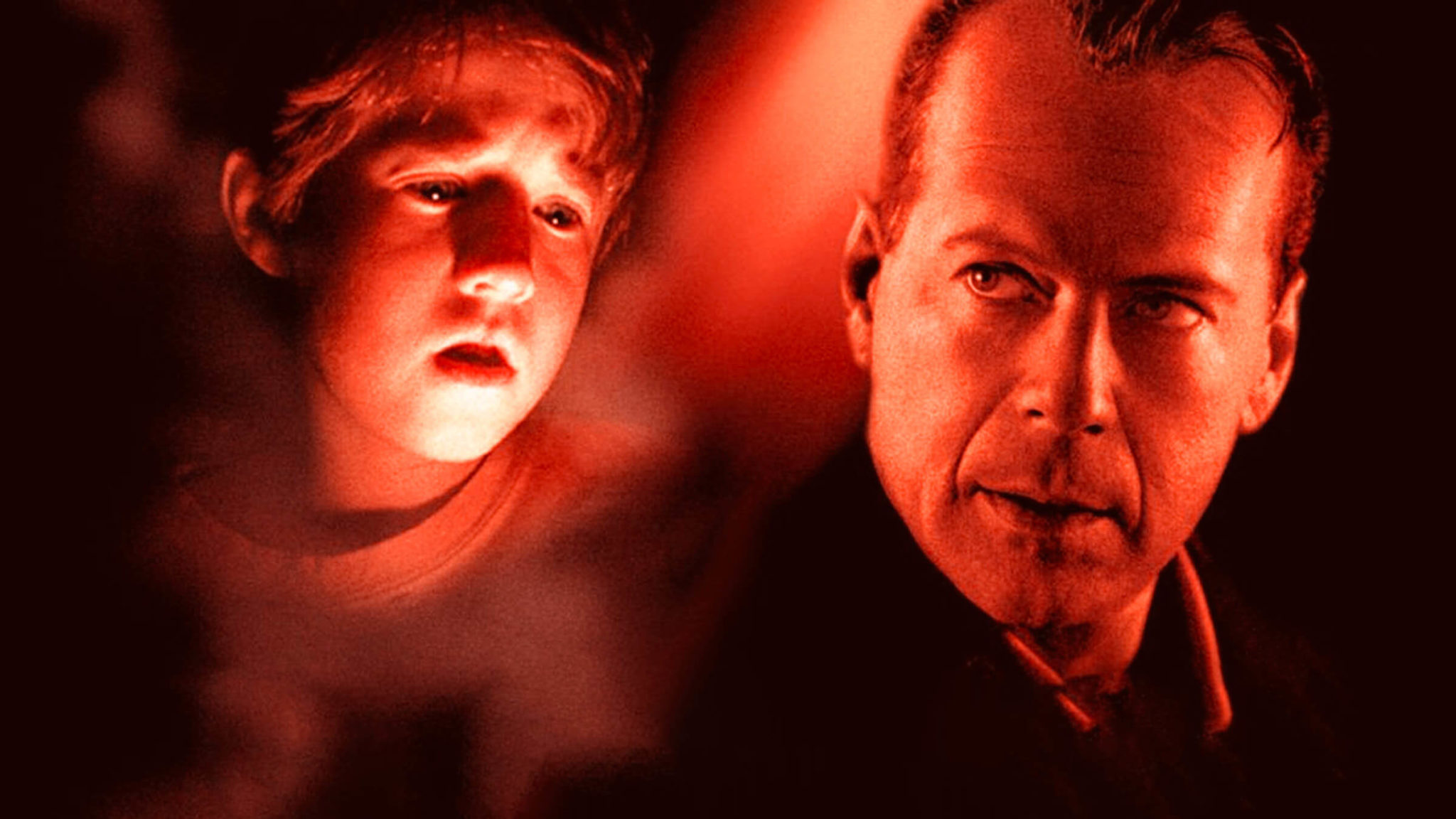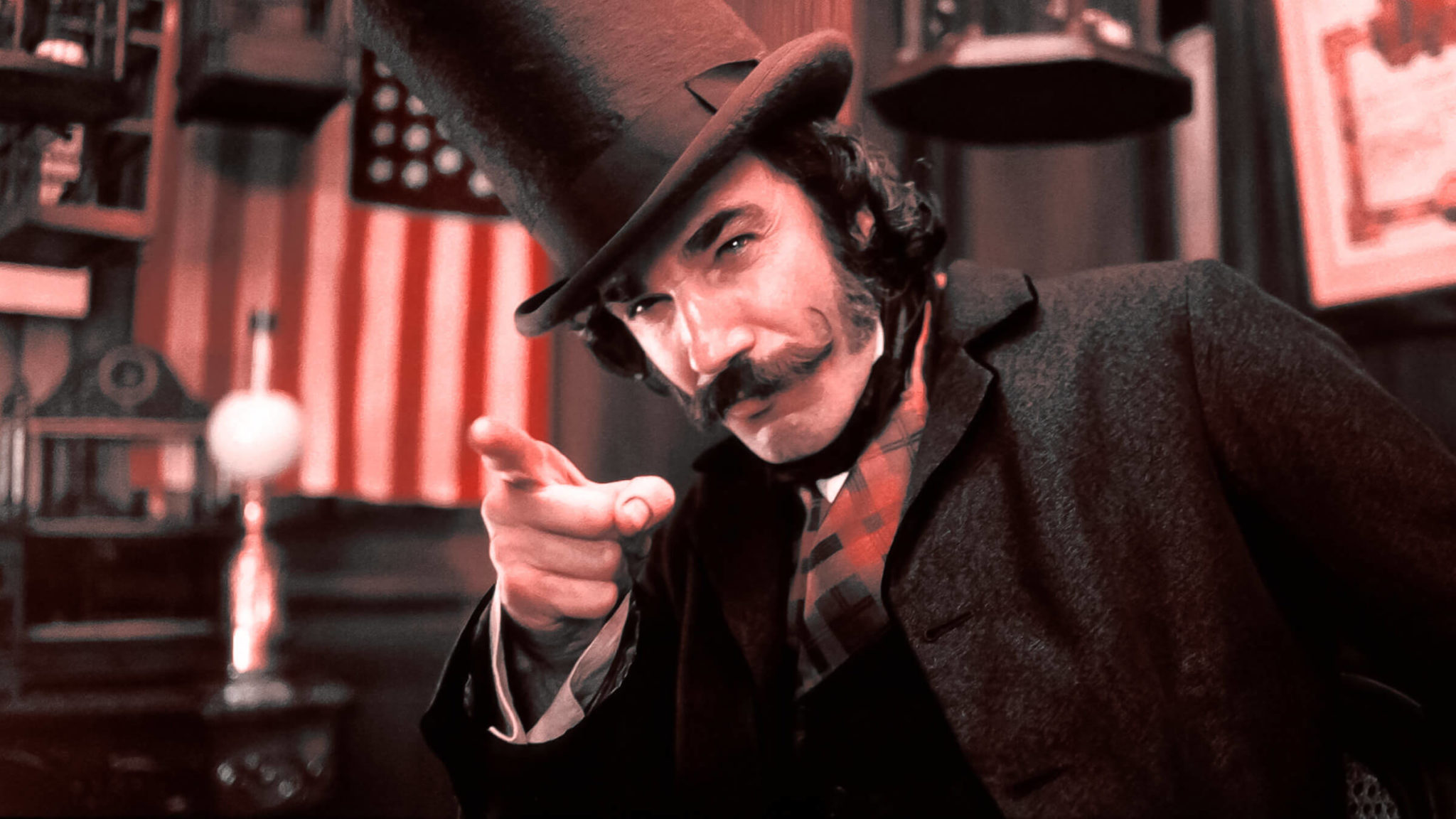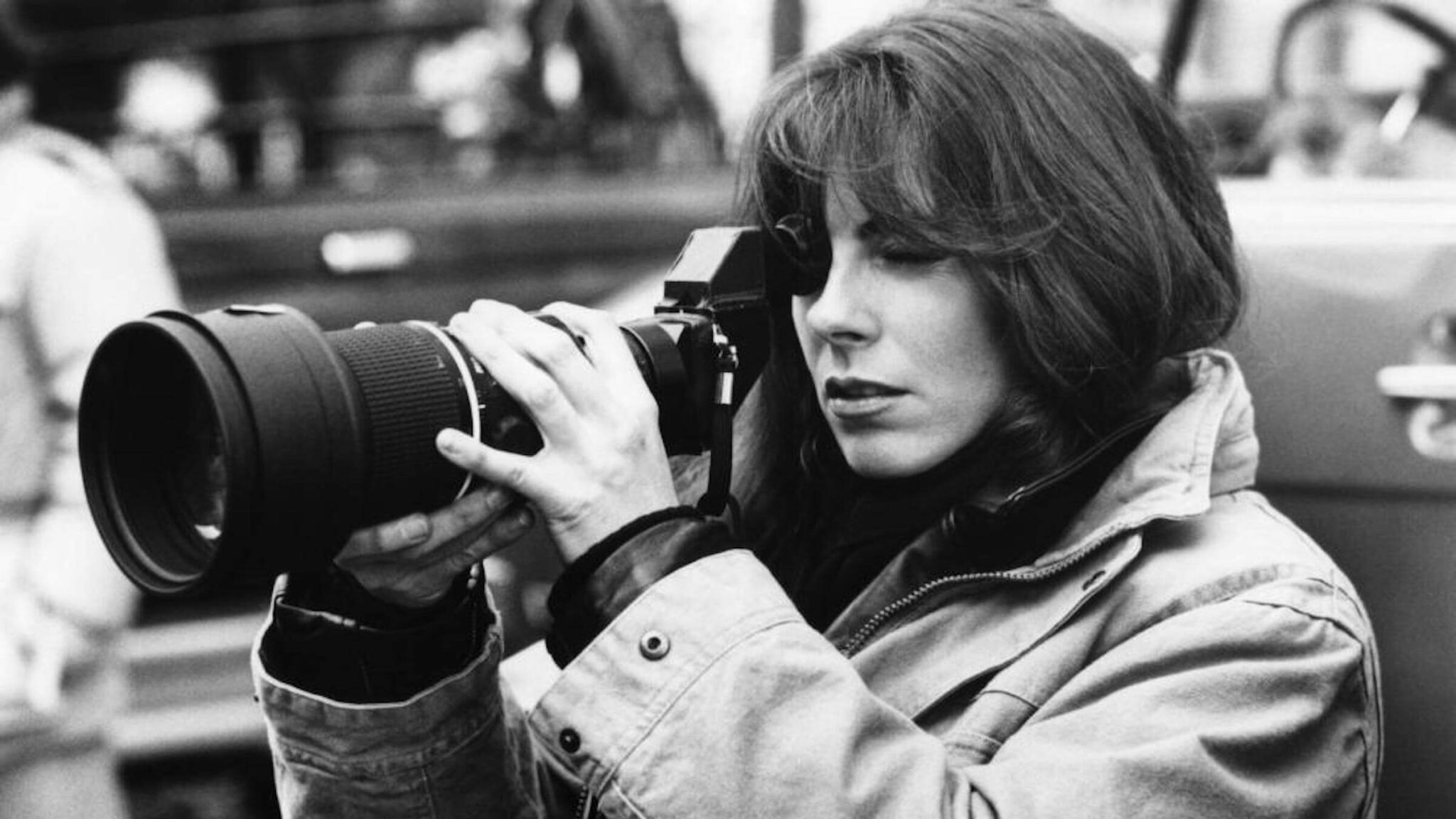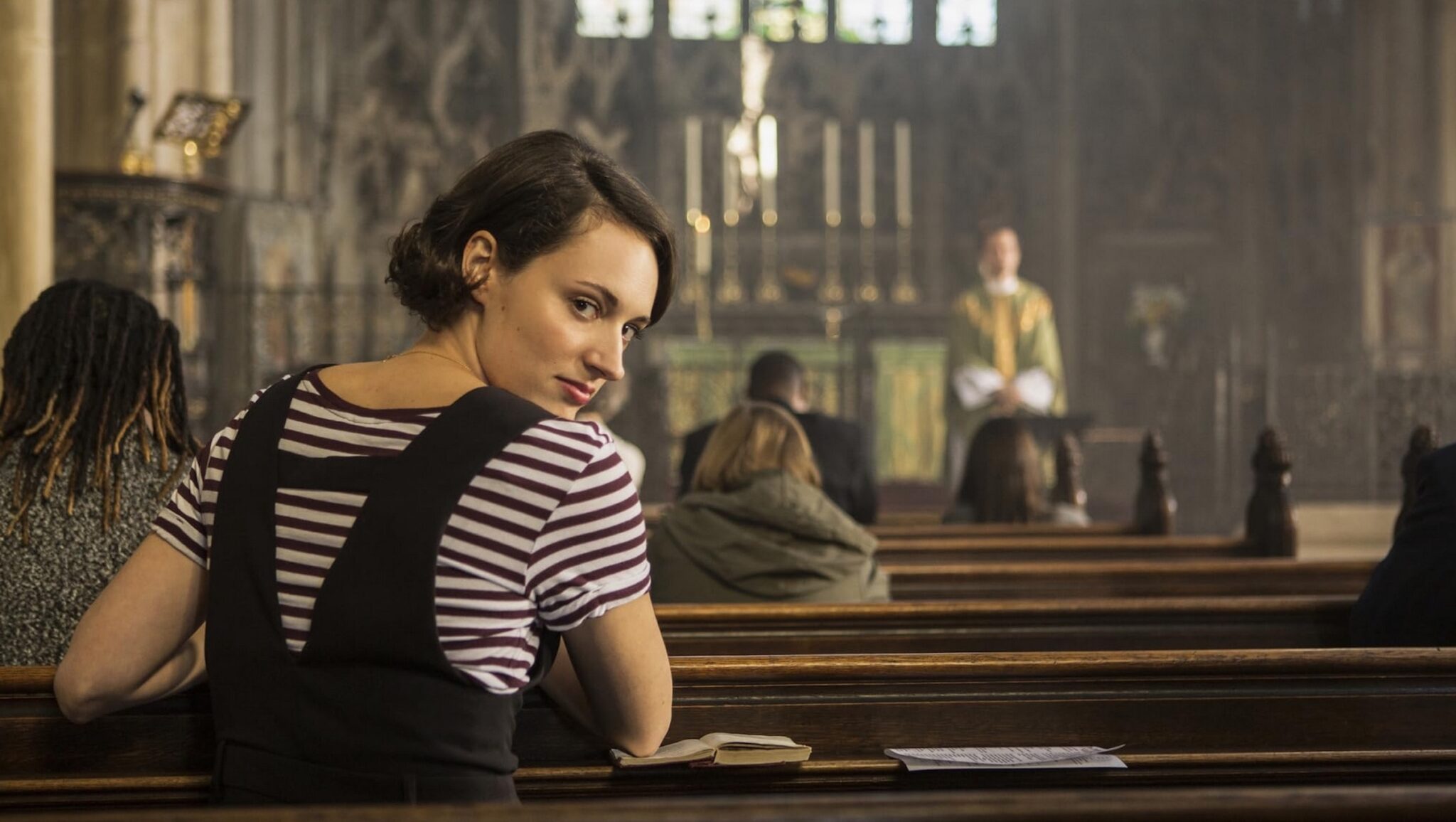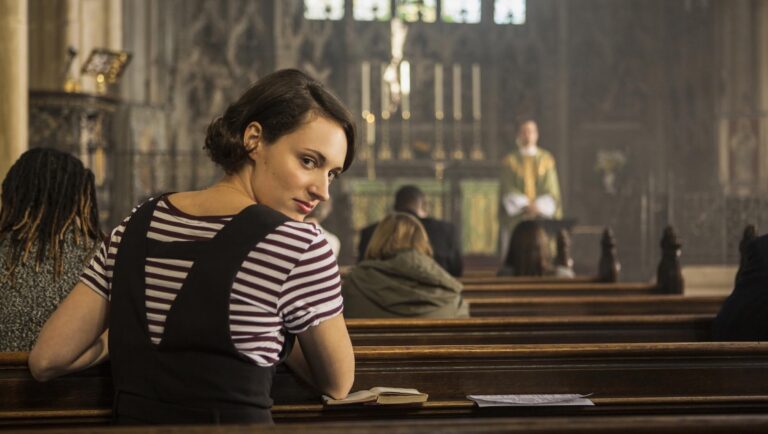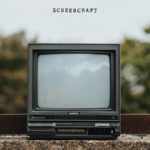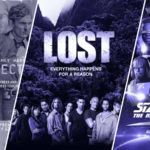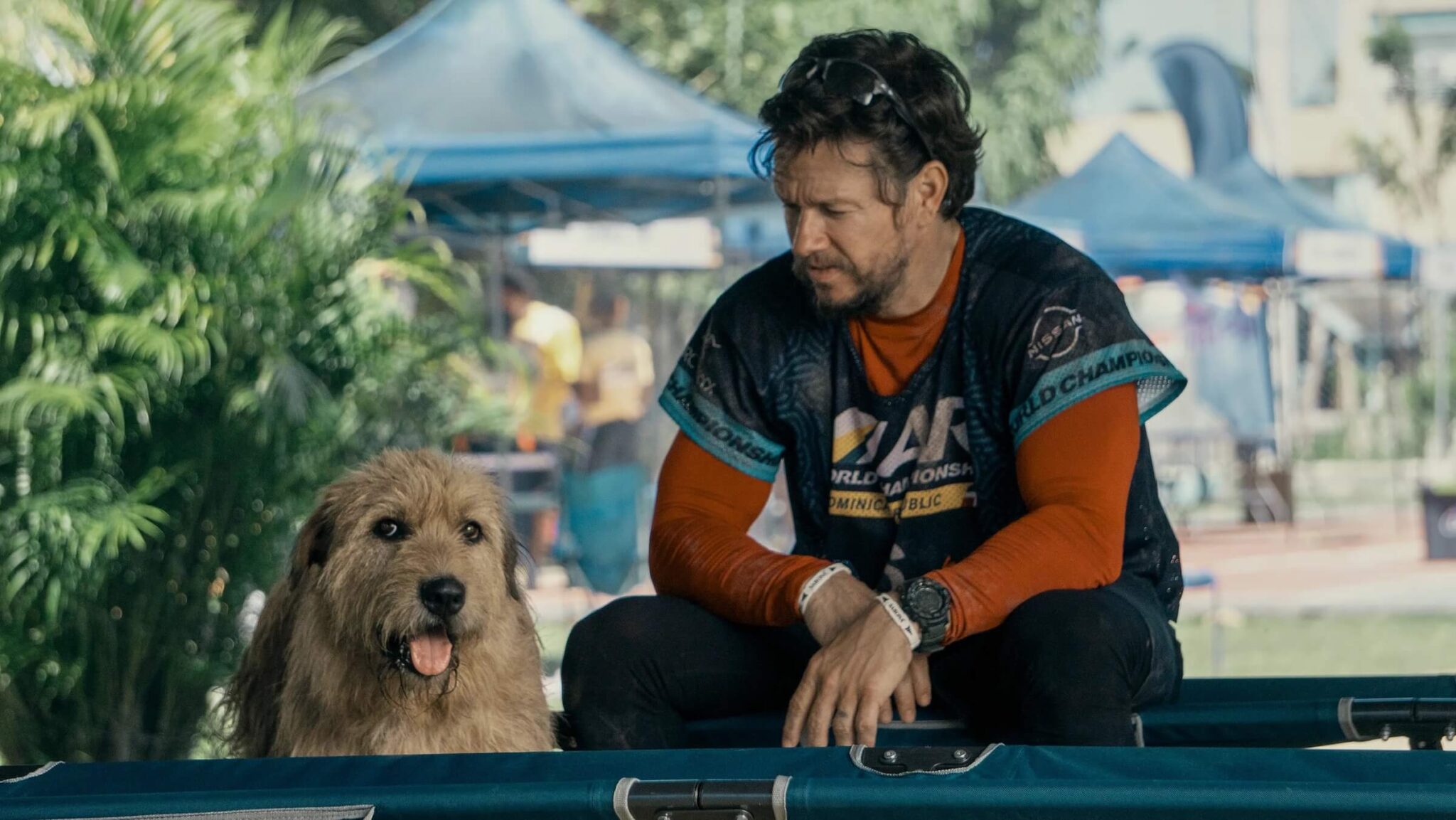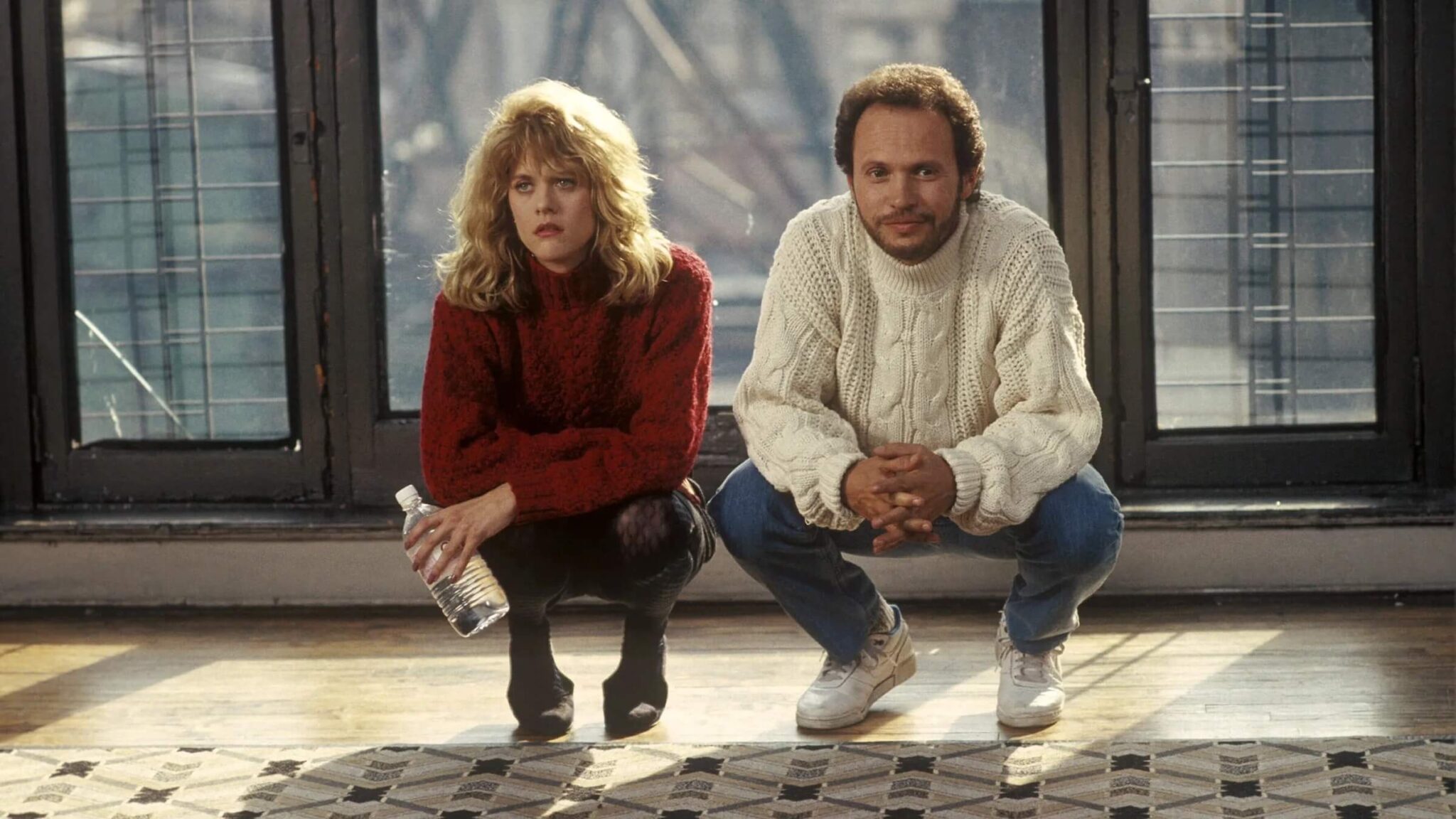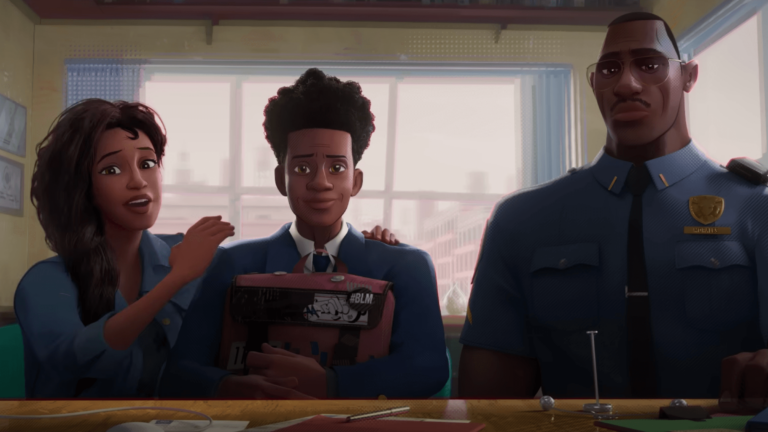
If there's one that Hollywood loves, it's a script or movie that falls under the four-quadrant label. 4-Quadrant is a term you often hear in major studio and production company circles. And you'll most certainly hear it mentioned by agents and managers as well. Here's everything you need to know about four-quadrant films, including how to write one and why they're so popular with producers, studios, agents, and development execs.
Table of Contents
- What is a 4-quadrant film?
- How to write a great film for the whole family
- 5 Best 4-Quadrant Themes to Use
- Most popular 4-quadrant films: The Wizard of Oz & The Sound of Music
- The Golden Age of the 4-Quadrant Film: Jaws, E.T., Star Wars, & Back to the Future
- Pixar: 4-Quadrant Films for Young and Old
- 4-Quadrant "Event" Flicks
- Intellectual Property 4-Quadrant Franchises
What is a 4-quadrant film?
Major studios, distributors, and production companies aren't art houses. They're businesses. They want to produce great films, but they're also in the business of making as much money as possible. There's no escaping that in Hollywood. Thankfully, audiences crave art and entertainment — especially when those two are mixed into a perfect hybrid of entertaining and emotional/cathartic cinematic stories.
But on the business end, money has to be made. The profits that are generated by successful films allow studios and production companies to make more. And, yes, profits also allow them to take financial risks on more unique and original concepts.
Hollywood breaks up its marketing strategy markers into four quadrants:
- Males Under 25
- Females Under 25
- Males Over 25
- Females Over 25
4-quadrant films are movies that hit all four of those demographic quadrants. These are usually those tentpole movies that studios make the most money from because the film has the widest audience outreach by hitting all four.
With most releases, studios and distributors try to target at least two of those quadrants. The screenplays that are being sold on spec should try to hit at least two as well — to make the scripts more desirable and increase the odds of them getting picked up by studios and production companies.
Studios often use the number of quadrants targeted to analyze what a film's eventual budget will be. The number of tickets or rentals purchased by audience members worldwide will dictate any given film's success by covering the development, production, and marketing costs and turning a true profit. Thus, the bigger the budget required, the more quadrants the film needs to target.
Okay, so you have an idea of what makes a 4-quadrant film. But how do you actually write one? What story elements are necessary to appeal to (just about) everyone from kids to adults — and development executives? Here's a step-by-step guide to writing a great four-quadrant film with the most common themes, techniques, tropes, and a few of the most classic (and successful) examples of four-quadrant filmmaking in history.
How to write a great film for the whole family
There's no single formula to follow. Different concepts will allow or call for a different variety of elements, which we will share below. Writing a great 4-quadrant film that the whole family can enjoy is about checking off certain boxes that apply to your concept the most.
Before we share what elements you can choose from, let's point out something even more important — what should NOT be found within a 4-quadrant screenplay.
What 4-Quadrant screenplays should NOT include
- No gratuitous human-centered blood and gore. There can be a little blood, obviously. But you want to keep that to a minimum. If you look at the Marvel MCU movies, they very rarely showcase any blood and gore. And anytime they do, it's almost always an alien lifeform.
- No sex scenes. Implied sex can be there (the before and the after), but 4-quadrant films don't showcase sex scenes as a draw because that alienates children and younger adults — which means their parents are alienated as well because they're not going to take them to those kinds of movies.
- No foul language. Yes, you'll get your PG-13-allotted shits. You may even get an F-bomb. But you should primarily avoid using a lot of foul language in a 4-quadrant script.
What Elements Can and SHOULD be Present in a 4-Quadrant screenplay?
As we mentioned before, there's no secret formula or checklist. However, you want your 4-Quadrant script to have at least a majority of these elements.
- A high-concept premise. Whether it’s a superhero’s adventures, an amazing fantasy, a sci-fi quest, or a compelling true story, four-quadrant films live in this realm — an irresistible story idea that can be grasped in one or two sentences.
- Heroes and villains. We need someone to root for and someone to root against. And their stories need to be as little complex as possible. Focus on some broad stroke depth and development. Basic stuff that everyone can understand.
- High stakes. And yes, that likely means some violence and/or death. The trick is to find the right edge without crossing into inappropriate territory.
- Avoid the G-rating. 4-quadrants films need to have elements for everyone. Bambi and Dumbo are G-rated examples that you want to avoid. Too many people mistake 4-quadrant or family films for kid flicks. Remember, you're trying to offer something for everyone in the family — Grandma, Grandpa, Mom, Dad, Teens, and Pre-Teens.
- Universal Themes. Kids and adults both like a story that says something and has genuine resonance, whether they can articulate it or not. And this is also vital for international audiences as well. International box office is responsible for upwards of 70% of the box office these days (pre-pandemic).
- Humor. Comic moments always enhance enjoyment, no matter how serious the story might be. Levity is important.
- Nostalgia. Nostalgia is an easy way to bring in older audiences. Look no further than Stranger Things, which is a series centered on the adventures of kids. But because it focuses on the 1980s as a setting, older demographics can enjoy the nostalgia as well.
- Kids in lead or major supporting roles. Including kid characters targets the “young” quadrant and adds new levels of dramatic tension and comedy for adults.
- Hints of romance. Love is universal. That first crush. The girl/guy that got away. The girl/guy everyone wants to meet.
- "Big-budget" isn't always necessary. In these times, if you can deliver a 4-quadrant film that can be shot for under (or well-under) $50 million, studios will circle like sharks amidst chum in the water.
5 Best 4-Quadrant Themes to Use
1. Good vs. Evil
The oldest and perhaps most successful story theme.
Whether it’s Light vs. Dark (Star Wars, The Lord of the Rings), White Hat Heroes vs. Black Hat Villains (Westerns of the 40s, 50s, and 60s), Innocence vs. Evil (Harry Potter), or Superheroes vs. Supervillains (The Marvel Cinematic Universe, Batman movies, Superman movies), good versus evil is the most easily defined story theme in the history of cinema.
It’s easy to know which side to root for. And despite the conflict that ensues, the good side usually prevails. And that makes for a great family film experience.
2. Love
On par with Good vs. Evil, the story theme of love is intriguing because every human being craves it — which makes the plight of the characters within love-themed stories relatable to audiences.
Romantic Comedies (Pretty Woman, Sleepless in Seattle, When Harry Met Sally, Love Actually), Historical Romances (Titanic, Gone with the Wind, Casablanca), and Romance Epics (Dances with Wolves, Last of the Mohicans) have captured the hearts of audiences since the early days of cinema.
Everyone knows what it’s like to love someone, win someone over, lose someone you love, etc.
3. Perseverance
Perseverance Movies can be better defined in these contemporary times as Underdog Movies because when a protagonist is forced to persevere through conflict, trials, and tribulations, they are clearly the underdog in the situation or scenario.
Audiences love to be moved and inspired. In a world where a majority of the population doesn’t get a chance to chase their ultimate dreams, it’s intriguing to experience a story theme through the eyes of a protagonist that does.
It could be Sports Underdog stories (Rocky, Rudy, Major League, Bad News Bears, Hoosiers) or Inspiring Dramas (The Pursuit of Happiness, The Karate Kid).
Whatever the Perseverance or Underdog Story theme is, readers and audiences respond to them.
4. Coming of Age
It’s such a relatable theme because, at one point or another, everyone has that coming of age moment in their lives — and more likely a culmination of those types of moments and events throughout their lives.
So these types of story themes stir nostalgia up for audiences.
Even though Stand By Me was set in the 1950s, children of the 70s, 80s, 90s, and 2000s can relate. Note: This film was rated R because of the foul language used. Otherwise, it's a fairly 4-quadrant-type of film.
E.T. offers a coming-of-age experience for Elliot.
The Harry Potter franchise is one big coming-of-age story as we watch Harry grow into adulthood.
The Karate Kid offers a coming-of-age storyline as we watch Daniel overcome bullies and become a man.
What is it like to realize that the real world, beyond the protection of youth (void of responsibility), can be quite scary and intimidating? This is the story theme that coming-of-age movies explore. And this is what everyone can relate it and feel nostalgic about.
5. Human vs. Nature
There is no more ancient story theme than this. Since the dawn of humans, man and woman have been battling the elements. And this story theme can branch out into additional story themes of survival and philosophical quandaries.
The human vs. nature story is as old a story theme as they come. And these stories are especially intriguing because, on the surface, they are tales of physical threats that protagonists face. But, like any great story theme, there lies an emotional and philosophical message underneath that physical surface.
And that is what gives these story themes even more depth for readers and audiences to enjoy.
Most popular 4-quadrant films: The Wizard of Oz & The Sound of Music
The Wizard of Oz
A combination of genres (comedy, musical, fantasy, drama, horror, coming-of-age, adventure) without focusing on any particular one, which avoids alienating any demographics. In short, this movie has something for everyone.
The Sound of Music
Another great combination of genres (although it's largely considered a family musical with some political thrills and suspense thrown in), The Sound of Music is one of the most broadly appealing films of all time, which helps account for it's popularity and classic status.
Note: Musicals were big in both the 1930s and 1960s. They are primarily developed from within studio systems now or through auteurs that write and direct their own work. But never say never, right?
The Golden Age of the 4-Quadrant Film: Jaws, E.T., Star Wars, & Back to the Future
Two names are highly responsible for what we refer to as the golden-age of 4-quadrant films — Steven Spielberg and George Lucas. The late 1970s and all of the 1980s gave birth to a decade-long embracement of these types of cinematic stories.
Jaws
Spielberg started the summer event movie trend in 1975 with Jaws. And what happens in summer? Kids are out of school, and family vacations are happening. What a prime time to hit all four of those quadrants, right?
Star Wars (the original trilogy, of course)
Spectacle is a big factor in a 4-quadrant movie (see below). This trilogy offered plenty of spectacle, as well as humor, drama, romance, action, adventure, heroes to root for, and bad guys to root against. And not to mention the franchise potential.
Indiana Jones (Trilogy)
All of the original movies debuted in the 1980s. Action, adventure, romance, scares, spectacle, heroes, villains, etc. These four-quadrant action movies appeal to just about everyone. That's part of why they kept making sequels.
Back to the Future (Trilogy)
Another trilogy (noticing a theme, here?). Take all of the elements that audiences loved from the above trilogies, add science fiction to the mix (Star Wars is technically Science Fantasy), and nostalgia (at the time, the 1950s for the older crowd).
E.T. The Extra-Terrestrial
While not a "franchise" film, this original classic pulls on the heartstrings of both young and old, male and female. It mixes science fiction with family drama. Complete with tons of laughs and lots of spectacle as well. The bike scene is one of the most beloved cinematic moments in history, especially for millennials who watched this as kids. With their parents. Lots of quadrants involved in this one.
These films are passed down to and rediscovered by generation after generation. Why? Because they are 4-quadrant films that audiences can enjoy at any age.
Pixar: 4-Quadrant Films for Young and Old
When Pixar came into the mix in the mid-1990s, they offered the perfect blend of common 4-quadrant elements. G-rated animation of old wasn't drawing in the crowds because they targeted a specific niche demographic. Disney animated features of the early 1990s (The Little Mermaid, Beauty and the Beast, Aladdin, The Lion King) offered everything that all four quadrants desired, complete with humor for both kids and adults. But technology was catching up to regular 2D drawn animation.
Read More: Character Breakdown: What Makes Ariel More Than Just A Little Mermaid?
And that is where Pixar stepped in, offering the spectacle of amazing CG animation, accompanied by those familiar elements of a 4-quadrant flick. They've been the king of the 4-quadrant movie ever since.
4-Quadrant "Event" Flicks
Another variant of the 4-quadrant film is the event flick. Sometimes they become franchises. Sometimes they don't. But they are specifically designed to target all four quadrants. They offer the full cinematic experience from all directions with high concept, comedy, action, adventure, spectacle, melodrama, etc. And they are rated so as many people, young and old, can come to watch them.
Intellectual Property 4-Quadrant Franchises
Sure, these types of projects aren't usually applicable for most screenwriters because you can't write them on spec. Hive-minds develop them within studios. But they all embrace 4-quadrant directives, guidelines, and expectations. They are masters of 4-quadrant ideology.
And especially...
4-Quadrant Screenplay Development Guidelines to Follow
So how do you come up with 4-quadrant concepts and know that you're hitting the right targets? Because there's no secret formula, here we share some general guidelines to follow beyond the elements we've shared above.
- Watch a lot of 4-quadrant movies. This is research. Have fun and pay attention to themes, characters, story arcs, etc.
- Make sure it's something that you want to see. We can talk about why Hollywood loves 4-quadrant films all we want, but if you don't have a passion for the concept, it's not going to end with a great script.
- Don't chase trends or overly-emulate others. You're not going to create the next Harry Potter. You're not going to create the next Indiana Jones. Those characters and franchises can inspire you, but you need to bring something new to the table.
- Use others to find the "familiar but different" concept. Let's be honest; audiences love the familiar. But do you know what they love even more? Something familiar that feels different. So go to these 4-quadrant classic examples above, and see how you can bring something familiar but different.
- Brainstorm concepts — choose wisely. Development is key here. Start with concepts. Come up with dozens upon dozens of them. Work them out. Visualize some stuff. See what sticks. Find what you're most passionate about.
- Go through the above 4-quadrant element bullet point list and see how many of those elements you can check off.
- Start writing.
Having a 4-quadrant script in your pocket is nice when you're looking for representation and trying to sell scripts and when you're trying to get attached to screenwriting assignments. They are great writing samples. And they are good to have on a rainy day when someone says they're looking for a 4-quadrant script.
Ken Miyamoto has worked in the film industry for nearly two decades, most notably as a studio liaison for Sony Studios and then as a script reader and story analyst for Sony Pictures.
He has many studio meetings under his belt as a produced screenwriter, meeting with the likes of Sony, Dreamworks, Universal, Disney, Warner Brothers, as well as many production and management companies. He has had a previous development deal with Lionsgate, as well as multiple writing assignments, including the produced miniseries Blackout, starring Anne Heche, Sean Patrick Flanery, Billy Zane, James Brolin, Haylie Duff, Brian Bloom, Eric La Salle, and Bruce Boxleitner, and the feature thriller Hunter’s Creed starring Duane “Dog the Bounty Hunter” Chapman, Wesley Truman Daniel, Mickey O’Sullivan, John Victor Allen, and James Errico. Follow Ken on Twitter @KenMovies
For all the latest ScreenCraft news and updates, follow us on Twitter, Facebook, and Instagram.
Get Our Screenwriting Newsletter!
Get weekly writing inspiration delivered to your inbox - including industry news, popular articles, and more!








